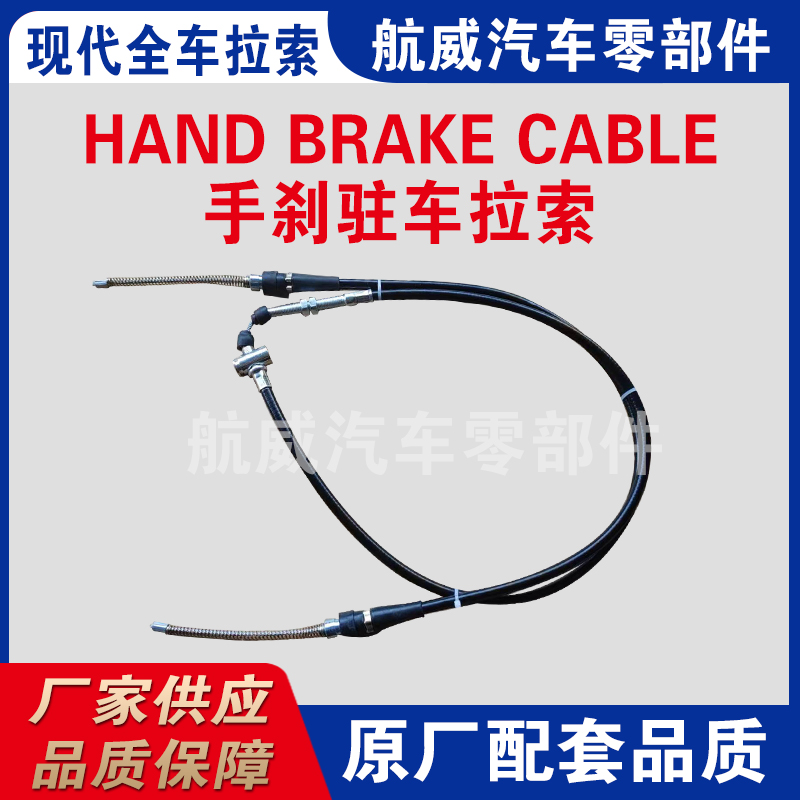Understanding Throttle Percentage and Cable Function in Automotive Performance
Understanding Throttle and Throttle Cable Key Components in Engine Functionality
The throttle and throttle cable play a vital role in the operation of an engine, especially in vehicles. These components are fundamental in controlling the amount of air and fuel that enters the combustion chamber, thereby influencing the engine's performance. In this article, we will explore the function and importance of the throttle and throttle cable, as well as discuss some common issues and maintenance tips.
What is a Throttle?
The throttle is a mechanical or electronic device in an internal combustion engine that regulates the engine's power output and speed. It does this by controlling the amount of air flow entering the engine. In most vehicles, the throttle is connected to the accelerator pedal. When a driver presses the accelerator, the throttle opens to allow more air to mix with fuel, leading to increased engine power and speed. Conversely, releasing the accelerator closes the throttle, reducing air and fuel intake, thereby slowing the vehicle down.
Modern vehicles often utilize electronic throttle control (ETC) systems, which replace the traditional cable mechanism with sensors and motors. This system allows for more precise control of the throttle, helping to improve fuel efficiency and reduce emissions. The ETC is integrated with the vehicle's onboard computer, which can adjust throttle response based on various factors such as road conditions and driver behavior.
The Throttle Cable
In traditional mechanics, the throttle cable is a crucial component connecting the accelerator pedal to the throttle body. This cable operates via a pull-and-release mechanism. When the accelerator pedal is pressed, the cable pulls on the throttle plate, allowing air flow into the engine. The throttle cable must be in good condition to ensure smooth operation; any fraying, kinking, or binding can lead to poor throttle response, sluggish acceleration, or complete failure of the throttle system.
Throttle cables tend to wear out over time due to environmental factors, heat, and regular use. As such, regular inspections are vital to ensure optimal performance. Drivers should be aware of warning signs that indicate potential issues with the throttle cable, such as an unresponsive accelerator, sticking throttle, or unusual noises coming from the pedal assembly.
Common Problems with Throttle and Throttle Cables
Several issues can affect the throttle and throttle cable, leading to reduced engine performance or safety concerns. Some common problems include
1. Sticking Throttle This occurs when the throttle plate does not return to its closed position smoothly. It can be caused by dirt buildup, a faulty throttle body, or a damaged throttle cable. A sticking throttle can lead to unexpected acceleration, posing a safety risk.
throttle and throttle cable

2. Throttle Response Delay A delay in throttle response can be attributed to problems with the throttle position sensor, which provides feedback to the engine control unit (ECU). In vehicles with an electronic throttle, this issue may manifest as a lag in acceleration when the pedal is pressed.
3. Frayed or Damaged Throttle Cable A damaged throttle cable can lead to improper throttle control. If the cable is frayed, it may break, leading to complete loss of throttle responsiveness. This is critical as it can leave a vehicle unable to accelerate.
4. Improper Adjustment Throttle cables can often require adjustments to ensure proper tension and operation. An incorrectly adjusted throttle cable can lead to inadequate acceleration response or a throttle that is difficult to operate.
Maintenance Tips
Maintaining the throttle and throttle cable is essential for ensuring smooth engine operation and longevity. Here are some maintenance tips
- Regular Inspections Check the condition of the throttle cable and connections periodically. Look for signs of wear or damage.
- Cleaning Keep the throttle body clean by removing carbon buildup and other debris that can impede throttle operation.
- Lubrication Ensure that the throttle cable is properly lubricated to facilitate smooth movement.
- Prompt Repairs If any issues are detected, address them promptly to avoid further damage or safety issues.
In conclusion, the throttle and throttle cable are critical components in vehicle performance and safety. Understanding their function, recognizing the symptoms of problems, and performing regular maintenance can help ensure that your vehicle operates efficiently and safely. By paying attention to these elements, drivers can enjoy a smoother, more responsive driving experience.
-
Workings of Clutch Pipe and Hose SystemsNewsJun.04,2025
-
The Inner Workings of Hand Brake Cable SystemsNewsJun.04,2025
-
The Secrets of Throttle and Accelerator CablesNewsJun.04,2025
-
The Hidden Lifeline of Your Transmission Gear Shift CablesNewsJun.04,2025
-
Demystifying Gear Cables and Shift LinkagesNewsJun.04,2025
-
Decoding Clutch Line Systems A Comprehensive GuideNewsJun.04,2025
